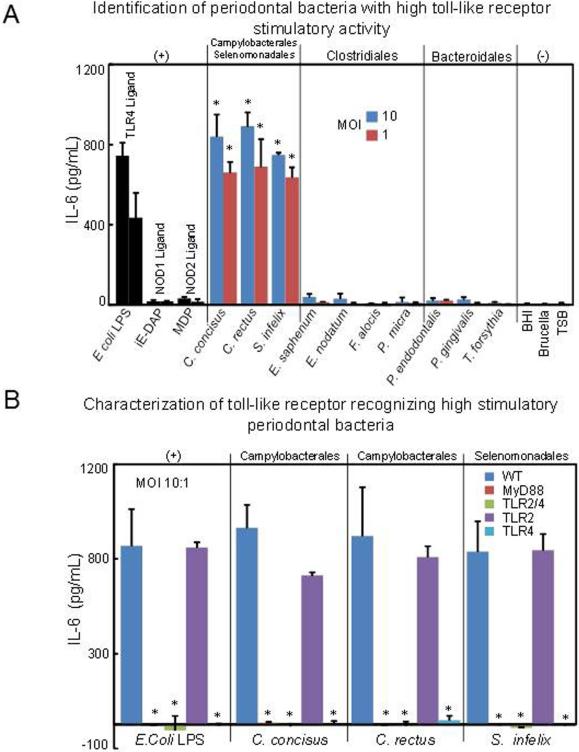Figure 2. IL-6 production from wild-type (WT) and knock-out (KO) mice Bone marrow-derived macrophages (BMDMs) after exposure to periodontal bacteria.
(A) BMDMs from WT mice were stimulated with various periodontal bacteria at the indicated MOI of 10:1 and 1:1. At 12 h after stimulation, culture supernatants were collected, and IL-6 production was measured by ELISA. As positive controls, cells were incubated with 50 ng/ml E. coli LPS, 50 ng/ml NOD1 ligand iE-DAP and 50 ng/ml NOD2 ligand MDP (with 10 times gradient dilution). As negative controls, cells were stimulated with culture medium alone. Asterisks indicate statistically significant to culture medium negative control (P < 0.05) as determined by One-way ANOVA with Bonferroni post-test analysis. (B) BMDMs from MyD88 and different TLRs KO mice were stimulated with these three periodontal bacterial species which can induce robust IL-6 production to WT BMDMs at MOI 10:1. 50 ng/ml E. coli LPS were used as positive control for stimulation. Culture supernatants were also collected for IL-6 detection at 12h after stimulation. Data are shown as mean ± SD of triplicate samples from one representative of three independent experiments. Asterisks indicate statistically significant to WT BMDM control (P < 0.05) as determined by One-way ANOVA with Bonferroni post-test analysis.

